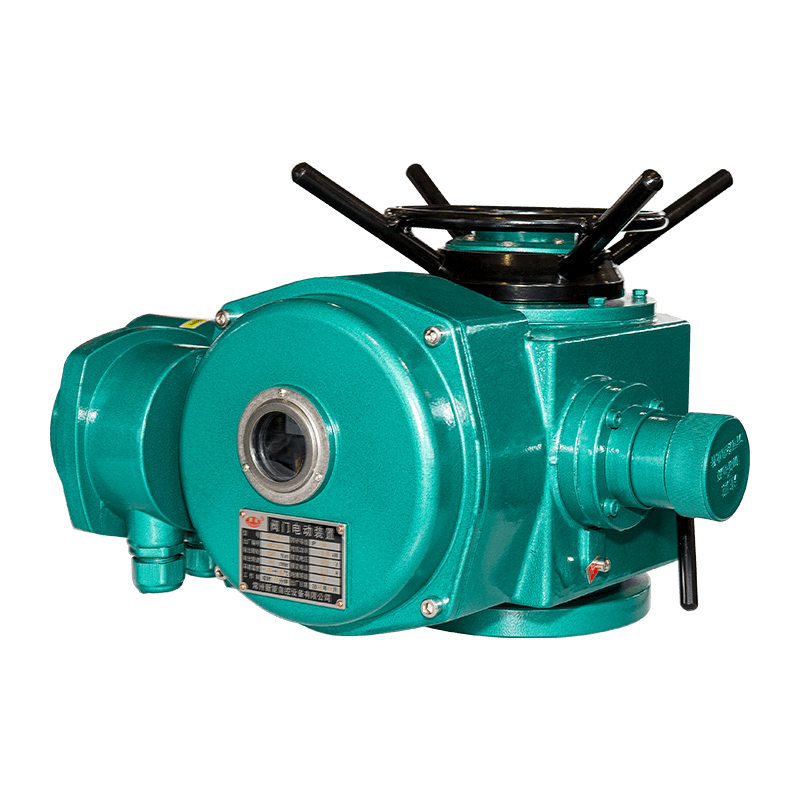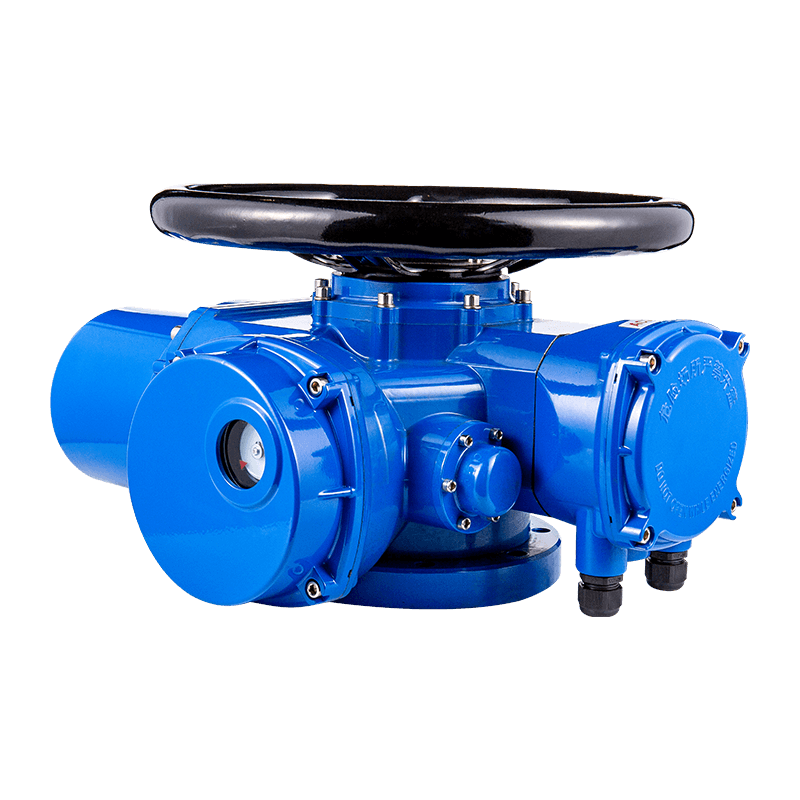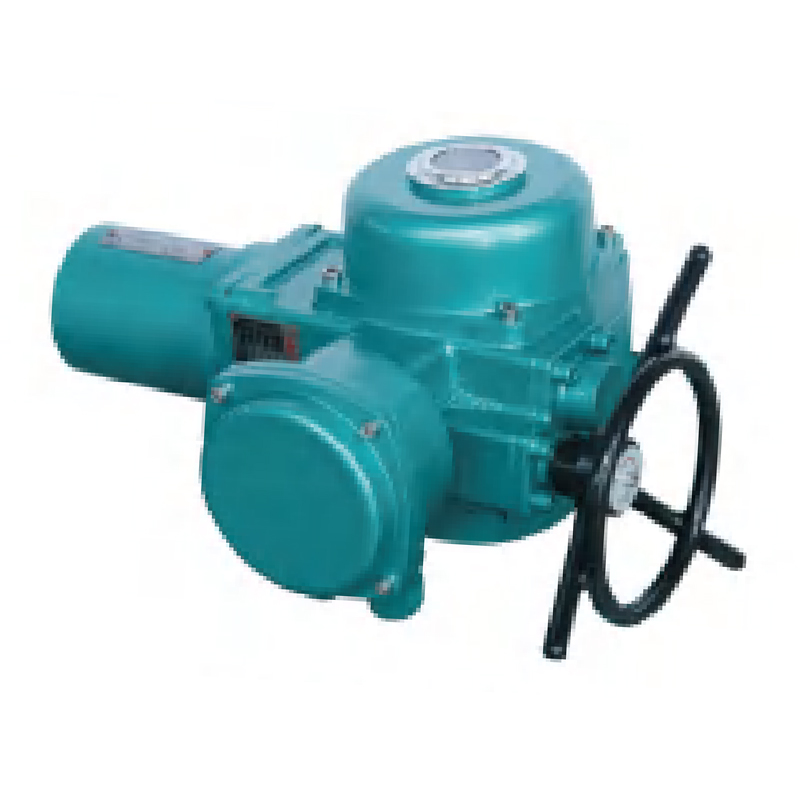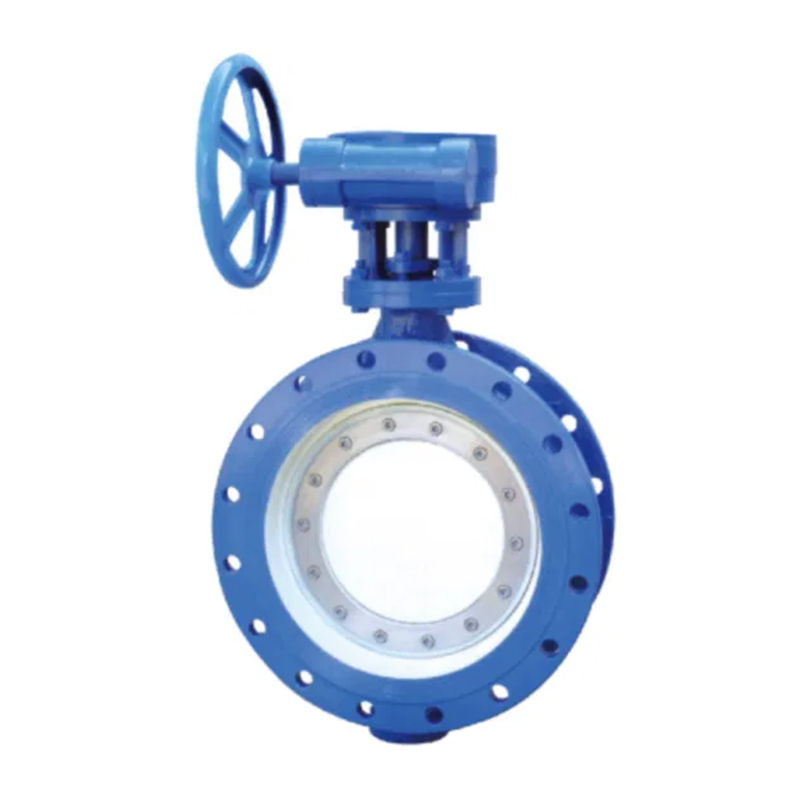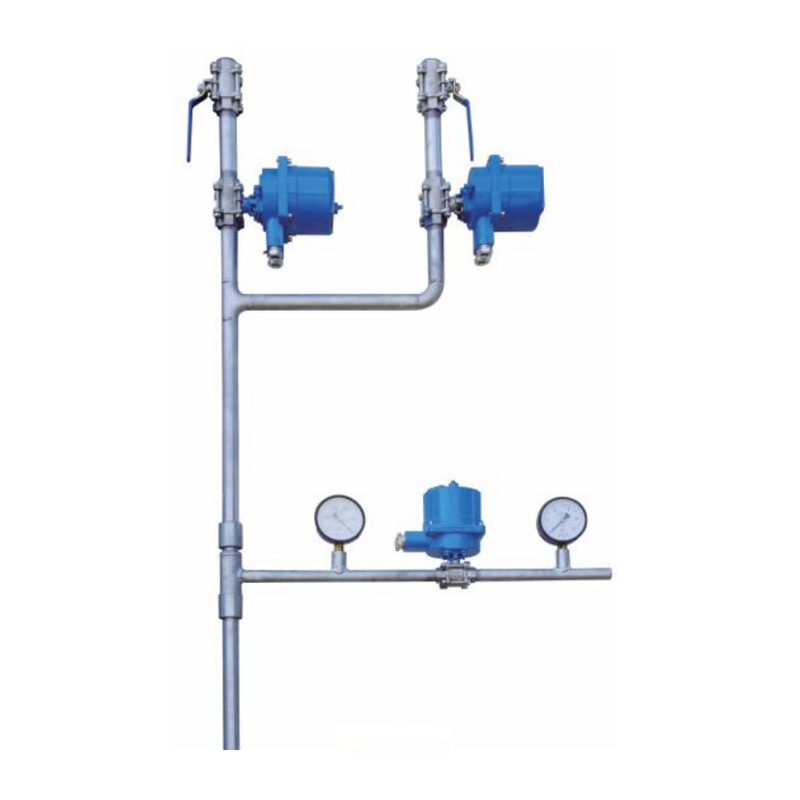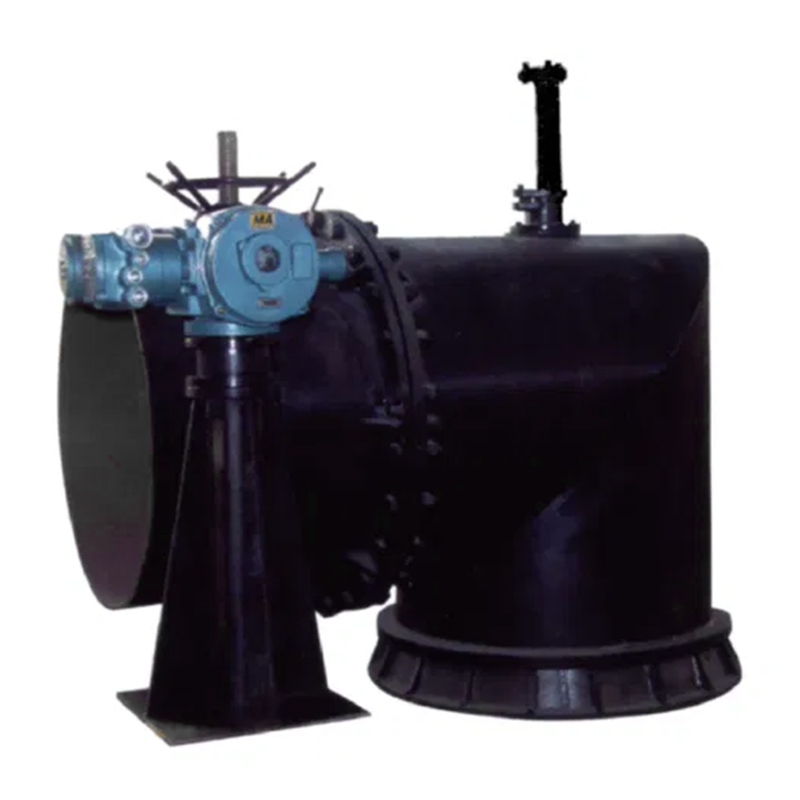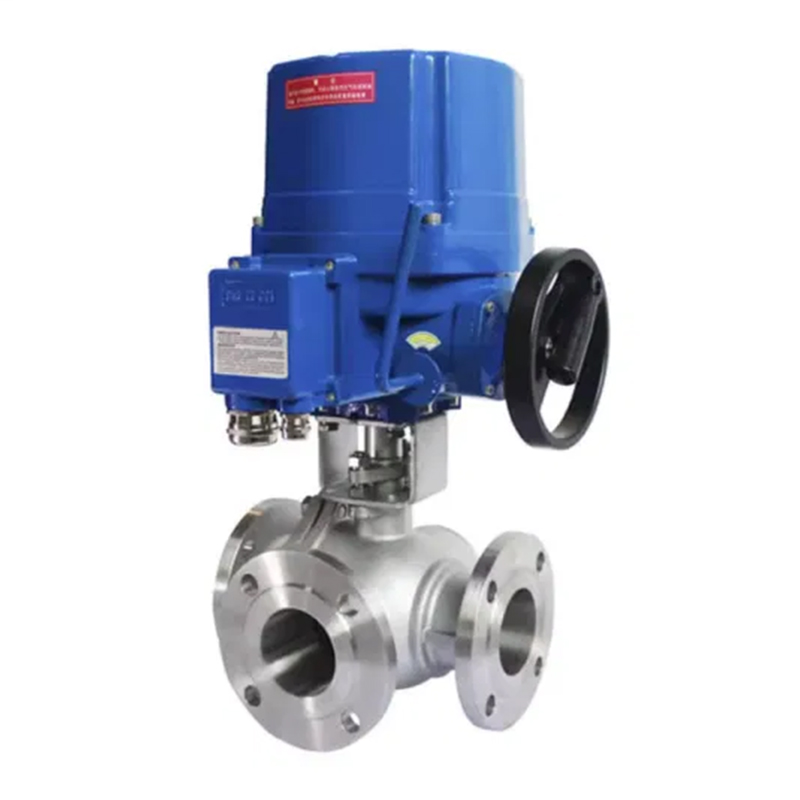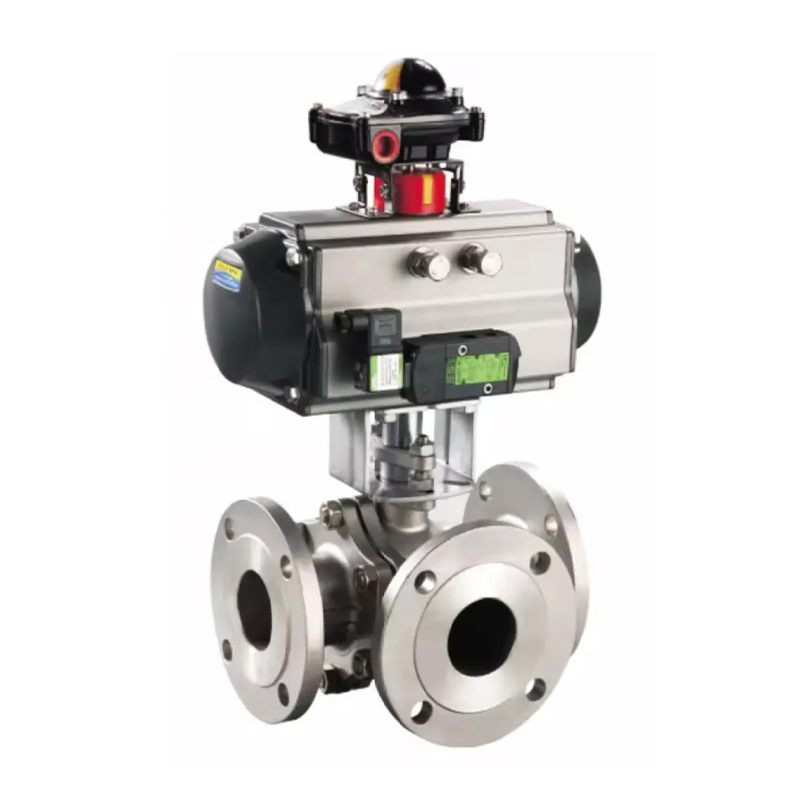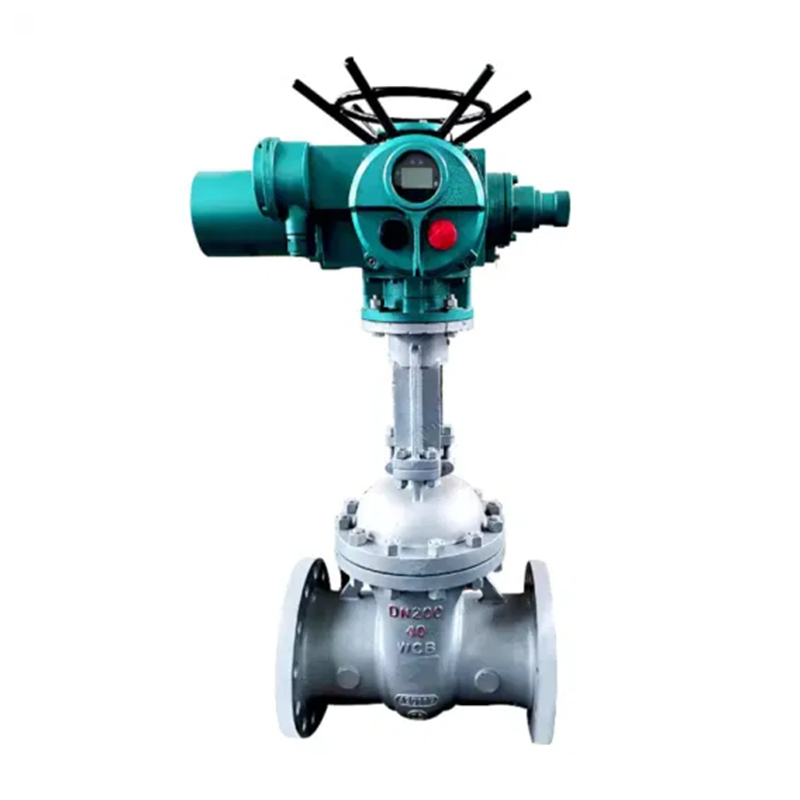0086 15335008985
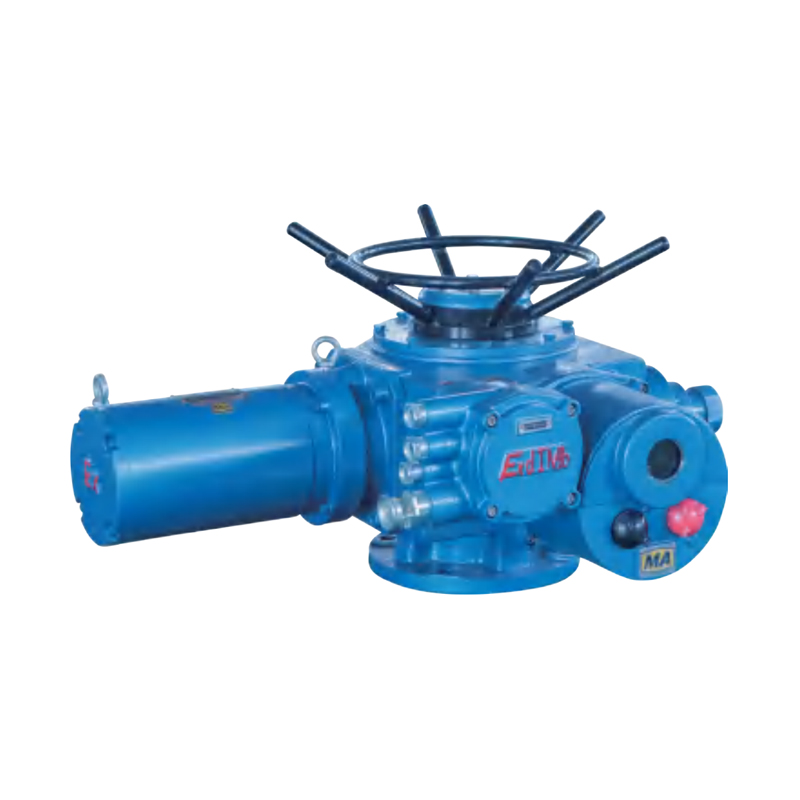
How Can Coal Mine Electric Actuators Improve Safety and Efficiency?
The mining industry has always been associated with high-risk operations, demanding robust and reliable equipment to ensure both worker safety and operational efficiency. Among the critical components in modern mining systems, coal mine electric actuators play a pivotal role in automating and optimizing various processes. Unlike traditional hydraulic or pneumatic actuators, electric actuators offer precise control, energy efficiency, and reduced maintenance needs—making them increasingly popular in harsh mining environments.
Key Features and Working Principles of Coal Mine Electric Actuators
Electric actuators are electromechanical devices that convert electrical energy into mechanical motion to control valves, gates, and other mechanical systems. In coal mines, they are used in ventilation systems, conveyor belt controls, water drainage mechanisms, and emergency shut-off applications.
One of the primary advantages of coal mine electric actuators is their precision. Unlike hydraulic systems, which rely on fluid pressure and can suffer from leaks or pressure drops, electric actuators provide accurate positioning through motor-driven mechanisms. This precision ensures that ventilation flaps, for example, open and close at exact intervals, maintaining optimal airflow in underground tunnels.
Another critical feature is their durability. Coal mines are harsh environments with dust, moisture, and potential explosive gases. High-quality electric actuators are built with rugged enclosures, often meeting IP67 or higher ingress protection ratings, ensuring resistance to dust and water. Additionally, explosion-proof designs are available for use in methane-rich areas, reducing ignition risks.
Electric actuators also simplify system integration. Since they operate on electricity, they can be easily connected to programmable logic controllers (PLCs) and supervisory control and data acquisition (SCADA) systems. This allows for remote monitoring and automated adjustments, reducing the need for manual intervention in hazardous zones.
Enhancing Safety in Mining Operations with Electric Actuators
Safety is a top priority in coal mining, where hazards such as gas explosions, roof collapses, and equipment failures are constant concerns. Electric actuators contribute to risk reduction in several ways.
First, their reliability minimizes unexpected failures. Hydraulic actuators can suffer from seal degradation and fluid leaks, leading to sudden loss of function. In contrast, electric actuators have fewer moving parts and no fluid dependency, reducing the likelihood of catastrophic failure. This reliability is crucial in emergency systems, such as blast doors or fire suppression controls, where immediate response is necessary.
Second, electric actuators support automated safety protocols. In the event of abnormal gas concentrations, for instance, sensors can trigger actuators to adjust ventilation flaps instantly, diverting airflow to dilute hazardous gases. This rapid response reduces the risk of explosions and protects miners from toxic exposure.
Additionally, electric actuators eliminate the need for workers to manually operate valves in dangerous areas. By enabling remote or fully automated control, miners can avoid high-risk zones, such as near unstable roofs or methane pockets. This aligns with the industry’s push toward reducing human exposure to hazardous environments.
Energy Efficiency and Cost Benefits of Electric Actuators in Coal Mines
Beyond safety, coal mine electric actuators offer significant economic advantages, particularly in energy efficiency and maintenance savings.
Traditional hydraulic systems require pumps, hoses, and reservoirs, consuming substantial energy to maintain fluid pressure. Electric actuators, on the other hand, only draw power when in motion, leading to lower overall energy consumption. This efficiency is particularly beneficial in large-scale mining operations where hundreds of actuators may be in use.
Maintenance is another area where electric actuators outperform hydraulic and pneumatic alternatives. Since they do not rely on fluids, there are no leaks to repair, no filters to replace, and no risk of fluid contamination. The primary maintenance tasks involve periodic lubrication and motor inspections, which are far less labor-intensive than maintaining hydraulic systems.
Long-term cost savings are also realized through extended service life. High-quality electric actuators are designed for continuous operation in demanding conditions, often lasting years without major overhauls. This reduces downtime and replacement costs, contributing to a lower total cost of ownership.
Future Trends: Smart Electric Actuators for Modern Mining
As mining operations embrace digital transformation, electric actuators are evolving into smarter, more connected devices. The integration of IoT (Internet of Things) technology allows for real-time monitoring and predictive maintenance.
Smart electric actuators can now transmit performance data—such as torque, temperature, and cycle counts—to central control systems. Advanced algorithms analyze this data to predict potential failures before they occur, enabling preemptive maintenance. This shift from reactive to proactive maintenance further enhances operational reliability.
Another emerging trend is the use of self-adjusting actuators. With embedded sensors and AI-driven controls, these actuators can automatically compensate for wear and environmental changes, maintaining optimal performance without manual recalibration.
Finally, the push toward sustainable mining practices is driving the adoption of energy-efficient actuators. Regenerative braking systems, for example, can recover and reuse energy during deceleration, further reducing power consumption.
Coal mine electric actuators represent a significant advancement in mining technology, offering precise control, enhanced safety, and long-term cost savings. Their ability to integrate with automated systems reduces human exposure to hazardous conditions, while their energy efficiency supports sustainable mining practices.
As the industry continues to evolve, smart electric actuators will play an even greater role in optimizing mining operations. By leveraging IoT and AI, these devices will further improve reliability and predictive maintenance, ensuring safer and more efficient coal extraction for years to come.




 русский
русский Español
Español
